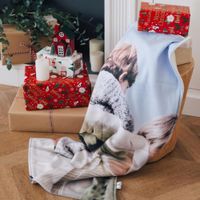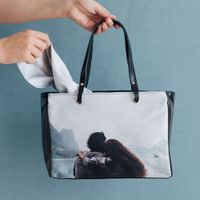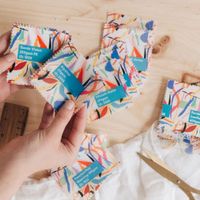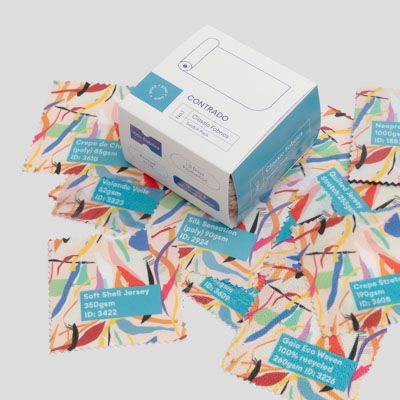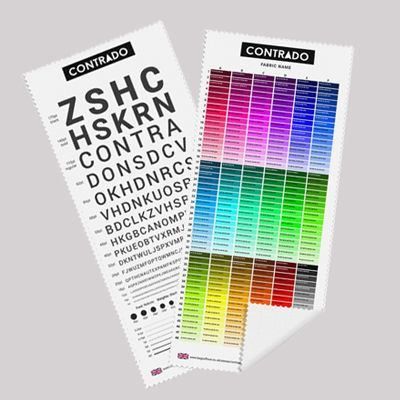Important: Before you measure and order your Herringbone fabric, you must read and understand our hemming and shrinkage guidelines. It's essential to make yourself familiar with this before ordering.
How to Care for your Herringbone Weave Fabric
As a popular choice for furnishings, your Mayfair herringbone is an easy to clean fabric. Machine wash at 30°c, medium tumble or hang dry and if you need to, iron on a low heat. Of course, if you're using the material to attach to something non-machine washable, then please do not attempt to put in the washing machine.
What Can You Make using Mayfair Herringbone Fabric?
Being soft and woven, it's a traditional upholstery fabric. Have you got an chair you're looking to restore? Print your own herringbone material and give it classical look with a contemporary twist. Or you could look to make a lovely throw for your sofa. The added thickness means it's durable enough to withstand everyday wear, so you can sit on it, or simply use as decoration. The intricate detailing of the herringbone weave makes it perfectly suited to other home accessories such as scatter cushions, table runners or if you're feeling more inspired by fashion, then make your own smart summer jacket.
